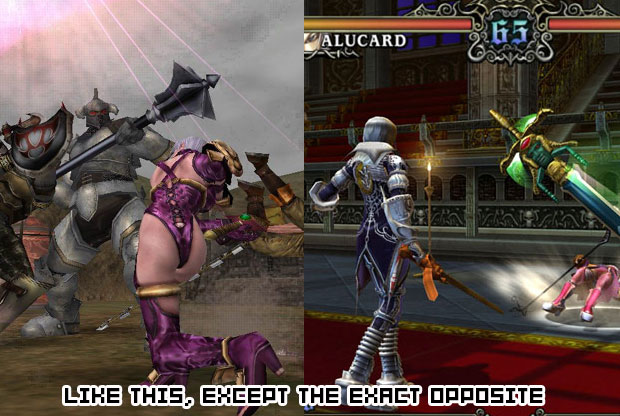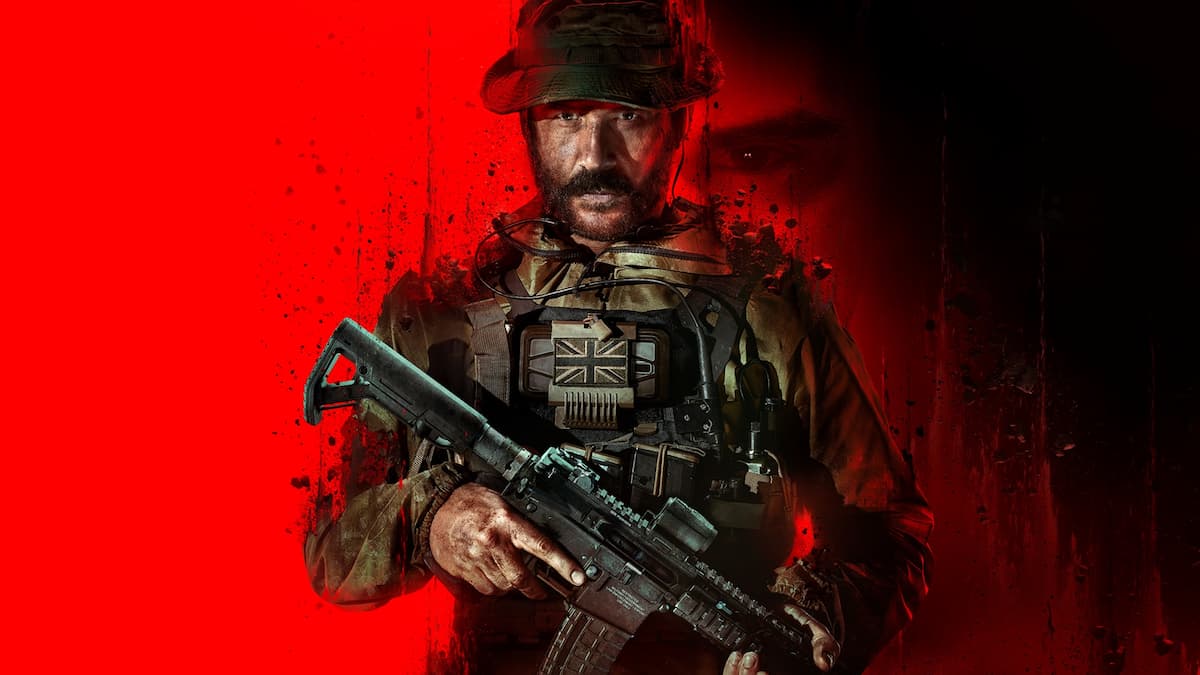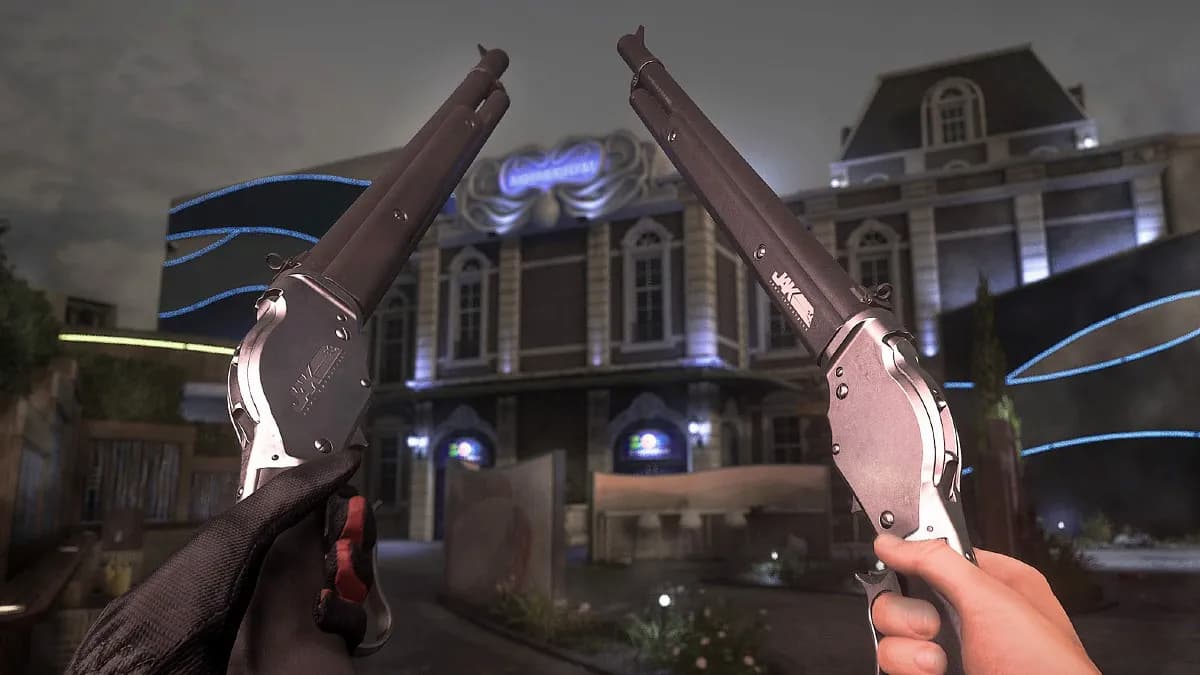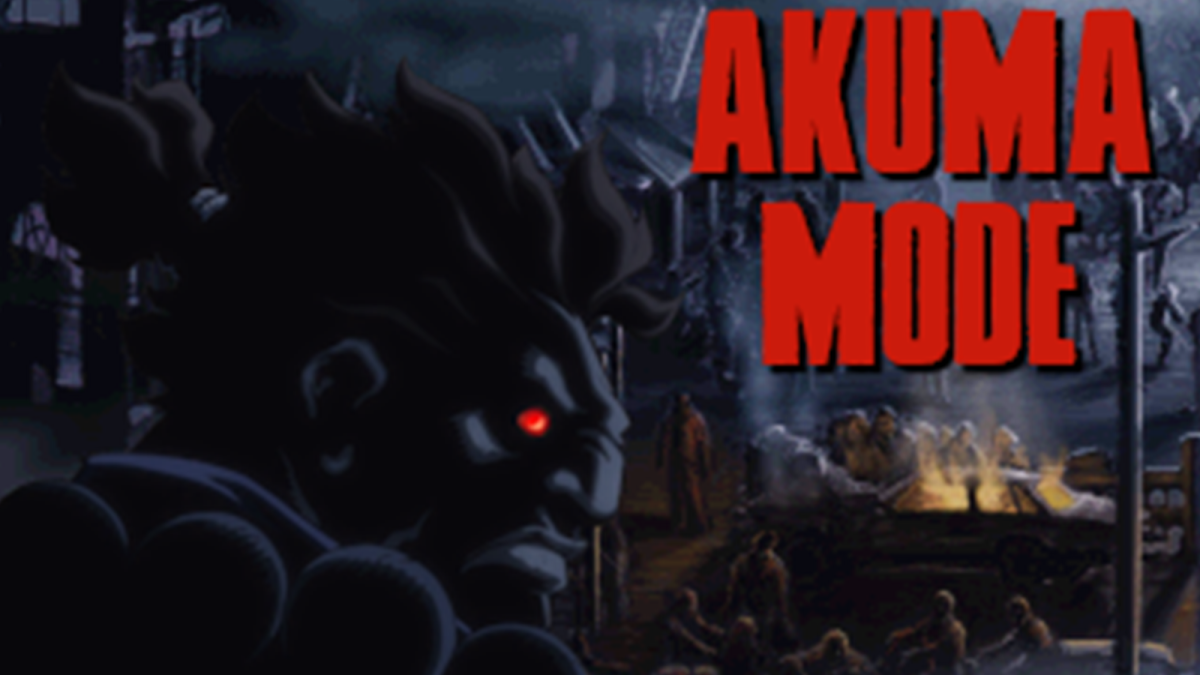By December 8, 2006, Nintendo had launched the Wii in the United States, Japan, and Europe. The console effectively ignored or destroyed every notion of what a new videogame console should be. “Progress” in the videogame world has long been about more horsepower, a controller with more buttons, and games with a more cinematic presentation. With its runaway commercial success, the Wii detonated all that, and the industry as a whole is still figuring out what to do about it.
Some take the sour grapes route, with sweeping generalizations like “M-rated games don’t sell on the Wii” or “only Nintendo makes money on the console.” If those statements were true, why would Excitebots — a Nintendo-published, E-rated, “wacky” racing game — have sold a mere 110,000 since launch in early 2009? That’s one-fifth of what Call of Duty: Modern Warfare Reflex, the M-rated port of a two-year-old PS3/360/PC game, made in less than two months. In fact, all of the other Call of Duty games released on the Wii thus far have gone on to sell more than a million copies each. That’s better than Punch-Out!!, Wario Land: Shake It!, and Endless Ocean, three Nintendo-published games that weren’t hampered by an ‘M’ rating.
But I’m getting ahead of myself. Hit the jump for more ranting on the topic of Wii games, their sales, and how to release one that makes money.

1) Make motion control minimal/optional
When people hear “Wii,” they immediately think “motion control.” That’s a wrong line of thinking. Super Smash Bros. Brawl, one of the console’s highest selling games, involves no motion controls. Even better are and games that allow for motion controls, but only if you want them. Mario Kart Wii, Punch-Out!!, and LEGO Star Wars are three Wii games that have sold bucket-loads of copies, and none of them force motion control on you.
The Wii is all about trying to make games for everyone, and not everyone likes motion controls. Forcing something like motion controls on gamers will only make them less interested in your game, which brings me to my next point.
2) Don’t chase two opposing demographics at once
This is a big one. Developers who see the Wii as a potential gold mine where they can sell their games to gamers and non-gamers alike are almost always mistaken. Their games usually end up being jacks-of-all-trades and masters of none at best. At worst, they’re uninspired, shallow, derivative crap. If you throw a bunch of mini-games in the middle of a traditional action adventure game, it isn’t going to make grandma and her 17-year-old grandson buy the game. Instead, she’ll buy Cold Stone Creamery, and he’ll buy No More Heroes 2. Neither will buy your game.
An overabundance of mini-games isn’t the only way that developers are making their Wii games non-gamer–friendly. Speaking of which…

3) Don’t forget to add some action
A lot of developers seem to think that if they leave action out of their Wii games, no one will mind. They have been proven to be wrong. Zack and Wiki, Silent Hill: Shattered Memories, Final Fantasy Crystal Chronicles: The Crystal Bearers, and Ju-On: The Grudge are just a few examples of Wii games that suffered from non-traditional combat systems that de-emphasize action.
When reading about a game for the first time, there are a lot of things that gamers intrinsically look for. How the game plays, what the combat is like, and how much action the game has are all extremely important. When I first heard about Silent Hill: Shattered Memories, I was really excited. It seemed like common sense to apply Resident Evil 4: Wii Edition’s awesome combat system to the game. Then I found out the game would have no combat at all.
Then I canceled my pre-order. The game had gone from being something I knew I’d love to something I might like, and for a videogame, that’s the kiss of death.
Everybody wants action in their games. There has never been a popular home console videogame that has no action. Ever. The first thing you do in Super Mario Bros. is stomp a waddling mushroom man to death. Pac-Man may be about eating pellets, but everyone prefers eating the ghosts. Action sells videogames, and it always has. Just because the Wii appeals to non-gamers doesn’t change that.
Gamers and non-gamers, male and female, young and old — no one wants a videogame with no action. Only a few series, like Myst and Ace Attorney, have been able to get a way with it, and they weren’t on home consoles. Leaving it out of your game can only work to alienate millions of potential consumers.

3) On-rails shooters bad, first-person shooters good
Another thing gamers think a lot about is genre, and on-rails shooters are a genre that gamers avoid. Gamers like games that give them as much control as possible, and give them as much game for their dollar as they can get. As a rule, on-rails shooters provide neither of those things. They are short games that provide the player with very little control.
Now, that’s not to say that on-rails shooters are completely unappealing to gamers. The more marketable games in the genre allow for two-player co-op and involve non-stop violence, something that a lot of people love. That said, unless you are one of the few who just love on-rails shooters, you’re going to buy one, maybe two on-rails shooters per console cycle. To most, on-rails shooters are a guilty pleasure — something gamers know they probably shouldn’t buy for full price — but if the game looks fun enough, they may give in every year or so. They will not give in three times in the same year.
First-person shooters are the exact opposite. Like on-rails shooters, they take advantage of the Wii’s pointer controls, but without any of the drawbacks. There is a reason that the on-rails genre pretty much died after FPSes came into existence: they do almost everything that on-rails shooters do, but better. The few developers that have been wise enough to put FPSes on the Wii have seen financial success. Even the relatively crappy WiiWare FPS Onslaught managed to make a good amount of money. The exception to that is The Conduit, whose ho-hum sales have been puzzling to some.
They make sense to me, though, which brings me to point #4.
4) Don’t bother trying to create a new IP that’s like “a Hollywood blockbuster”
When I first opened up The Conduit, I started reading the instruction booklet before playing it. It’s an old habit. One of the first things the instructions tell you is that the game tries to replicate the experience of seeing a summer blockbuster movie. It was right then that I knew the game wasn’t going to make a ton of money.
If you like games that emulate special effects-packed action/horror movies, then you own a PS3/360. It’s just that simple. Now, that doesn’t necessarily mean you don’t also own a Wii, but if you’re going to risk your hard-earned money on a game you’ve never played before, and the main selling point of the game is its “special effects,” chances are you’re going to buy a game on your HD console, and not your Wii.
That’s also why…

5) If it’s a PS3/360 port, then you better give it everything you’ve got
Ports of PS3/360 games can sell on the Wii, but it really helps if they are released around the same time as the PS3/360 version, and they aren’t missing any content. Star Wars: The Force Unleashed is a great example. It’s basically the same game as the PS3/360 version, but with occasional motion controls and less detailed graphics, and it’s $10 cheaper than on HD consoles. Because of that, it ended up selling almost 1.5 million copies, just a few thousand copies less than the PS3 version. That’s probably why the game’s sequel is also coming to the Wii.
Though I’m sure a lot of non-Wii owners won’t understand why, a lot of people who own a Wii and a PS3/360 may buy the Wii version of a cross-platform game, especially if it has exclusive features. They’re cheaper, and if you’re trying to convert a new fan to the series, potentially more accessible. It’s a trade-off for shiny HD graphics, but Wii owners — by nature — don’t need their games to have top-of-the-line visuals. They do, however, need to feel like the game they are buying was cared about. That’s why the disappearing/reappearing zombies of Dead Rising: Chop Till You Drop were such a deal-breaker for some.
Just because your game is on the Wii doesn’t mean you can cut corners. No one feels good about buying a half-assed product. There are always ways to make your game look good, and just because it’s on the Wii doesn’t give you a free pass in the visuals department.
It might help to remember that…
6) Art direction is your very best friend
On the PS3/360, you don’t always have to think about art direction as much. You can just hire a bunch of artists to try and make the most realistic graphics possible. You’ll probably do better that way. It’s not like that’s an easy feat, but it doesn’t necessarily take a lot of imagination. On the Wii, you don’t have that luxury. You have to make your game look good without using realism. Ubisoft figured that out pretty quickly, which is why the sequel to the profitable-but-critically-panned Red Steel has ditched realism almost entirely.
Cel-shading isn’t only a good idea because the Wii is less powerful than the PS3/360. It’s also a good idea because, as a rule, your target audience — Nintendo fans — aren’t slaves to realism. So, while you’re at it…

7) Borrow from Nintendo, but don’t steal from them.
Okami sold better on the Wii than on the PS2. That’s despite the fact that at the time that Okami was released on the console, the PS2 had a larger install base than the Wii, and that by the time the game was released on the Wii, the PS2 version had been available in stores for years at only $20.
Why is this?
Well, it probably has to do with the fact that Okami is a lot like a Zelda game, but at the same time, it doesn’t shamelessly rip off Zelda games, either. In fact, the game probably would have sold a lot better if it ripped off Zelda a little bit more. I love Okami, but I still think that making the game’s central character a white dog probably wasn’t the best idea.
Tangents aside, copying Nintendo is obviously a fine line. Give Nintendo fans a lesser version of something they already have (I’m looking at you, Teenage Mutant Ninja Turtles: Smash Up!), and they won’t buy it. Give them something that’s nothing like a Nintendo game, and they won’t buy it. Sonic Unleashed, for all its faults, seems to have pulled this off fairly well. It sold nearly three times better on the Wii than it did on the 360 or PS3. Then again, Sonic is a hugely recognizable mascot, which brings me to my next point.

8) Don’t expect your niche game to make a lot of money
I loved MadWorld. I also liked The Spirit, and my favorite show on television is Tim and Eric Awesome Show, Great Job!. I am not indicative of your average consumer. Most of my friends that actually share my tastes are unemployed and/or mentally ill. There’s nothing wrong with either of those things. It’s just that if you’ve got a bad mental illness and no money, videogames are probably pretty far down on your list of priorities.
Broad generalizations about the mentally ill and unemployed aside, it’s common sense that if you make something that’s the videogame equivalent of a cult movie like Grindhouse or The Spirit, it’s going to end up being a cult game like God Hand or Psychonauts, and with a small audience to match. Making your game on the Wii isn’t going to change that. If an animated adaptation of your game would fit in with the Adult Swim lineup, then it’s not going to sell more than half a million copies, no matter what console it’s on. Some developers, like Suda51, are totally happy with a half a million in sales for games like his surrealistic, ultra-violent action comedies. Why Sega doesn’t share that sentiment with MadWorld, which sold better than similar games by the same studio released on the PS2, is sort of puzzling.
Even more puzzling is that EA and Capcom thought their on-rails spin-offs would make a lot of money. If there is one thing that Final Fantasy Mystic Quest and Mario is Missing have taught me, it’s that…
9) Nobody cares about spin-offs. Nobody
This is the main reason why I’m always so puzzled when people are so sure that there is “no market for M-rated games on the Wii.” Sure, they could be right, but this theory has never really been tested. You can’t compare the sales of Resident Evil 5 with those of Resident Evil: The Darkside Chronicles. One plays like a “real” Resident Evil game, the other doesn’t. Gamers — even Wii gamers — can tell the difference. They could tell the difference with Resident Evil: Survivor on the PS1, and Resident Evil: Dead Aim on the PS2 (which both sold less than half a million copies) and they can tell now.
There was a time when Wii owners might have been desperate enough to buy your spin-offs, but that time is over. So why not put your AAA stuff on the Wii, stuff like Resident Evil 5, GTA IV, and Final Fantasy XIII on the Wii, and just see how they sell? If the sales of Resident Evil 4: Wii Edition and Monster Hunter 3 (in Japan) are any indication, then they’ll do pretty good. Only then will we see if AAA, “hardcore” videogames really do need top-of-the-line graphics to appeal to consumers.
If they don’t sell, then it will be fair to say…

10) Aw, hell, maybe you should just wait until the Wii HD comes out
It’s been rumored for a while, and Reggie’s already said it’s not happening (which means it probably is). Those are just a couple of reasons why I think the Wii HD (or the Zii, or whatever the hell it’s going to be called) will be out within 18 months.
This isn’t the ’90s anymore; console developers don’t need to wait five years between new hardware releases. Microsoft and Sony have had great success with multiple home console SKUs, and Nintendo has had even more success with multiple SKUs of the DS. Since Nintendo makes a profit on every Wii they sell, it might be possible for Nintendo to put out an HD Wii at the magic selling price of $250.
Nintendo needs to compete with Microsoft’s and Sony’s motion controllers head-on, and what better way to do that than with a fully backward-compatible console that’s almost as powerful as the PS3? Nintendo has recently gained a reputation for not caring about how powerful their hardware is, but that’s not historically the case. The NES, the SNES, the N64, and the GameCube were all as powerful as their competition, if not more so. The Wii is the only exception. Nintendo couldn’t take the initial risk of making the system more powerful (and expensive) than the competition. When introducing something as risky as motion control, you have to play it safe. Now that the Wii is a firmly established success, Nintendo can roll out a more powerful version of the console whenever it wants.
Remember, we haven’t seen anything about Sakurai’s secret project since it was announced in 2008, or Pikmin 3 (which Miyamoto himself has said would benefit from being in HD), or Zelda Wii, which is apparently coming out this year. Wouldn’t they all make great Wii HD launch games? Wouldn’t RE5: Wii HD Edition, GTA IV: Complete, Modern Warfare 3, and Final Fantasy XIII: The Biggest Swindle in History Edition make even better launch games?
Conclusion
I don’t blame developers for being confused about how to develop for the Wii. The game industry has been focused on visuals pretty much since its inception, and to take that away from developers has been totally disruptive. I do blame them for expecting Wii gamers to eat up their niche titles, new IPs, and spin-offs. The Wii’s library is not so barren that gamers will just buy any game that looks halfway decent. If you make your game right, it will sell more than a million copies on the Wii. The console is really not all that different from the PS3/360, and the differences that are there are getting smaller all the time.
The 360 and the PS3 are already a lot more like the Wii than they were when they launched. Learning how to make your game sell on the Wii could only help to you to make games that will profit on the future motion-controlled consoles from other hardware developers as well.
Good luck, game developers! No matter what you do next on the Wii, I’ll be watching (and waiting to tell you what you’re doing wrong).




